The Art of Enoughness
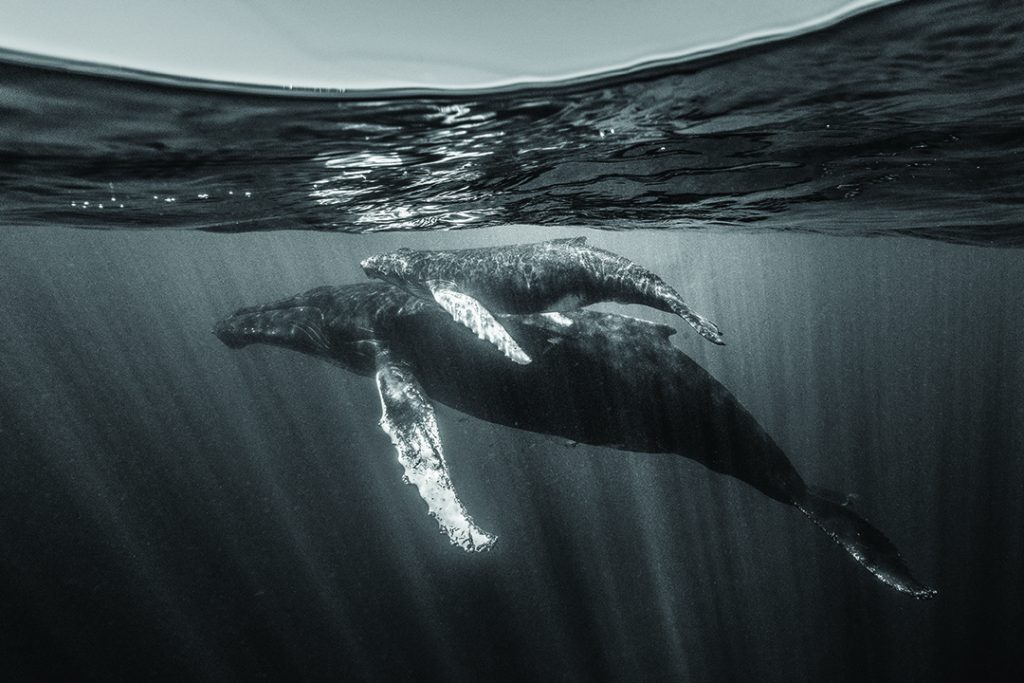
A conversation with internationally acclaimed conservation photographer Cristina Mittermeier on consuming less and working to dramatically boost funds for the environment, so our kids might just get to live in a plentiful planet.
The day I interviewed Cristina Mittermeier, I was two weeks into life on my new farm. Cristina had been at sea for some time but had landed in Los Angeles to deliver a talk for the Distinguished Speaker Series and carved out some time for us to speak. I fretted about my two doodles and the low-rider (aka miniature Dachshund) who insisted on being in the room and were visible on camera.
And then I thought: What are you worried about? This woman puppy-sits for Sea Wolves.
Award-winning photographer, conservationist, and Real Leaders Top 50 Keynote Speaker, Mittermeier received the People’s Choice Award from the Real Leaders’ community in an international vote. This earned her the spot on our cover. The people spoke, and they weren’t wrong. Enjoy this intimate conversation with Cristina Mittermeier — I hope it impacts you as much as it impacted me.
Real Leaders’ Carla Kalogeridis: What started you on this path — what compelled you to do the work that you’re doing?
Cristina Mittermeier: I don’t remember any point in my life not being super interested in nature and wildlife. I think it’s an instinctual understanding that all life on Earth depends on healthy nature. I was always kind of baffled that so many people don’t get that.
RL: What is your favorite thing to photograph?
CM: There are two things that I really love to photograph. One is the relationship that indigenous peoples still have with Planet Earth. It’s the sum total of humanity’s dreams, songs, culture, traditions, and we’re all part of it. And the other thing that I love is just nature, and in particular, underwater nature. After 30 years of doing this, my career has brought me to a point where I can actually do both: I can photograph indigenous people who live on the shorelines of the ocean and how they relate to the largest ecosystem on Earth.
RL: Do you have an all-time favorite photograph?
CM: I’ve done so many, but I have a handful that I really like. I guess my favorite photograph is the one that I haven’t made yet. I have so many in my head — this bucket list of images that I still want to make.
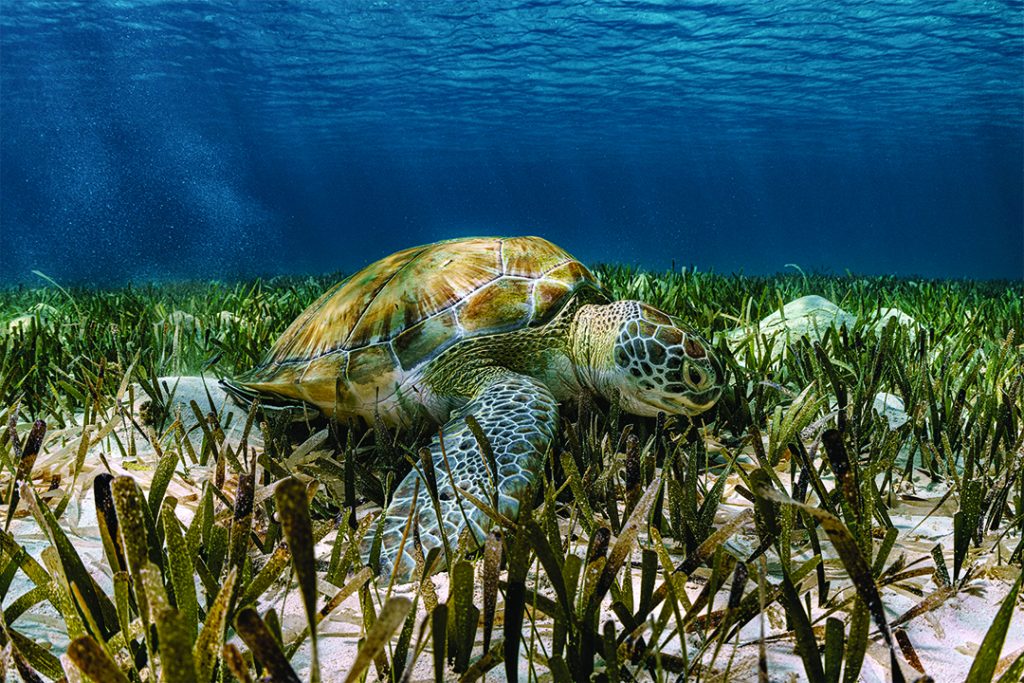
RL: What’s on your photography bucket list?
CM: The last 10 years have been dedicated to learning underwater photography, which is incredibly difficult and dangerous. But now, I feel like I’ve abandoned my work with indigenous communities, so I’m going to spend a lot of time this year visiting indigenous groups — the southern valley of the Omo River in Ethiopia, the highlands of New Guinea, and back to my own country (Mexico) to photograph the Day of the Dead.
RL: Tell us about SeaLegacy. Why did you establish it, and what are its main initiatives?
CM: There are about 5,000 nonprofit groups dedicated to ocean conservation in the United States alone, but there is a huge gap in the way that we communicate environmental issues to the public and to government officials. We clearly have not won the battle to save our planet and protect our environment, so I wanted SeaLegacy to be the organization that provides communications and marketing tools and skills to this enormous group of individuals who are trying to save the ocean but do not have the budgets or the know-how to do it. SeaLegacy lends those services to other organizations. It shines a spotlight on the work that’s happening on the frontlines.
And then there’s the ocean diplomacy component. My career goes back 30 years with National Geographic, which gives you this little mini-celebrity status. You’re not a regular reporter when you work for National Geographic — heads of state ministers, ambassadors, they want to meet you because they want you to tell stories about what it’s like to work for National Geographic. Ocean diplomacy is using our communications tools to enable conversations and to move the agenda through diplomatic efforts. Basically, we use the photography as a tool to bring people in.
It’s such a great opportunity to get everybody aligned behind the ideas and use my skills as a public speaker to highlight the handful of things that we all need to be focusing on as a community.
RL: What are some of the key components of that agenda?
CM: The agenda is created by the United Nations and by international coalitions of scientists. The latest agenda comes from the Conference of the Party (COP).
In the latest COP for biodiversity, which happened in Montreal, Canada, the agenda is that we need to protect 30% of the ocean and land by 2030 if we want to survive on Planet Earth. That’s the mandate. And to do that, it requires a tremendous amount of diplomacy, communications, and marketing because we need to bring the private sector, governments, and civil society all on board with these endeavors.
RL: That is quite a startling statistic because 2030 is not far away. Are you optimistic?
CM: Since 1970, we’ve already lost 69% of all biodiversity on Planet Earth — so we have no choice. Climate change is so real and so imminent. These communications and marketing efforts are so important because people are not aware. You go on with your life every day without thinking about these things — but life on Earth is at stake.
RL: So, what if you’re just an average person hearing this for the first time, and you’re thinking: What can I do?
CM: First, congratulations, because now you’re aware, right? And that’s step No. 1. What people can do is just be more mindful of our consumption rates. How much do we consume? How much is enough for all of us? When I speak to regular folks, I talk about the concept of enoughness, which I’ve learned from indigenous people. Can we fill our hearts with joy without having to resort to buying all sorts of stuff? Without material wealth? Can we redefine what wealth means?
Think about some of the tenants that indigenous people have always lived by: Take only what you need and use everything you take. Don’t be wasteful. The land is our relative, and we depend on it. If you take care of the land, the land will take care of you. The wealthiest person in the community is not the one who has the most, but the one who gives back the most.
Americans are the most philanthropic people on the planet. On average, we give $480 billion a year to charity, all sorts of nonprofits. But 32% of that money goes to religion, and 16% goes to education, arts, and the humanities. Only 1.8% goes to the environment. That includes all our planet’s biodiversity, all climate change, all the forest fires in California. All of it —1.8%. So, we need to flip that pyramid on its head. If you’re not already donating to the environment, open your wallet or reassess where your money is going because this is an existential crisis. Of course, I’m not discounting the value of other organizations that need funding, but we need to support life on Earth today.
RL: I get a sense that this concept of enoughness is at the core of your message to us right now.
CM: How much is enough? I love enoughness because it’s a personal practice. The for-profit corporate marketing machine tells us that we’re not enough unless we buy a, b, or c, right? Practice gaining this sense of: What is enough for me? Right now, in the United States, we need enoughness more than ever because we are polarized, we are suspicious of each other, and we’re angry and anxious and depressed. How do we start practicing enoughness? By being kind, by consuming less, by taking care of our planet.
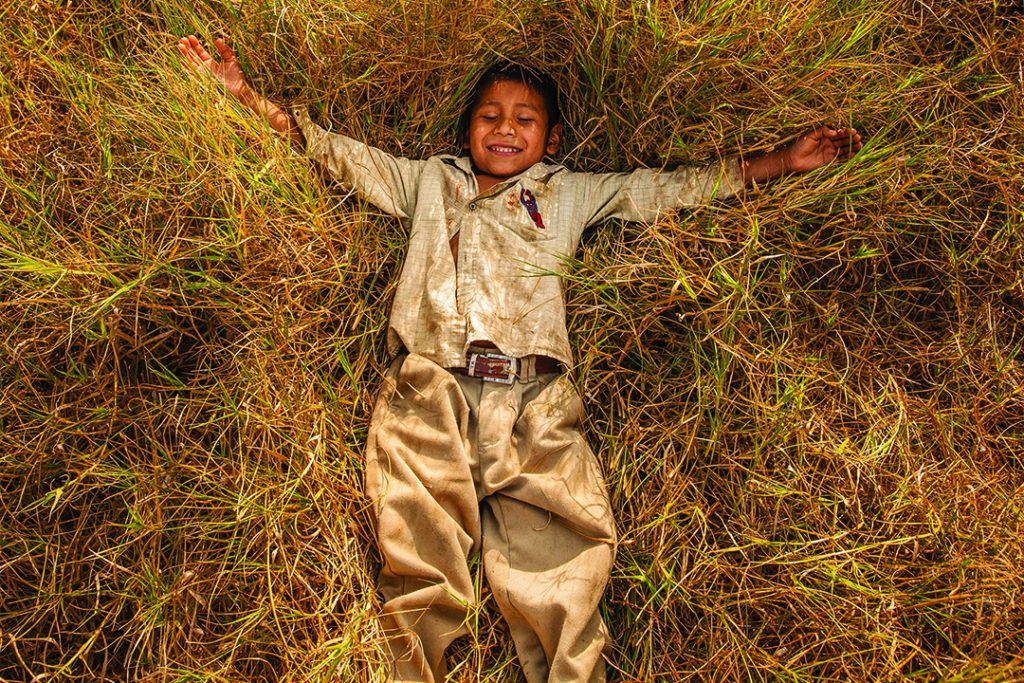
RL: What concerns you most about our changing climate?
CM: I want to say something hopeful because scientists are not just warning us of all the impending disaster — they’re also giving us a recipe for how to make it better. When it comes to the ocean, scientists have identified several wedges of action that we need to take to restore health and abundance to the ocean by 2050. If we do, in a single generation — by the time our kids are grownups — they could live on a plentiful planet again.
First, we need to protect more of the ocean. The United Nations is telling us that we need to protect 30% of the ocean by 2030, and now, we’ve only protected 8%, so we have a long way to go. We need to protect more species like whales and sharks, but also fish. We’re depleting the resources of the ocean so rapidly. Pick the cucumber sushi, eat the avocado sushi, and leave the tuna be.
We also need to rethink fisheries. For the last 50 years, the industrial fishing fleet from major countries have been sending massive ships out to the ocean to vacuum the resources that belong to all of us. Industrial fishing needs to end. We’ve already extracted 50% of the biomass in the ocean. We also need to restore habitats like mangroves and coral reefs — they’re in a lot of trouble.
We need to stop the flow of pollution into the ocean. Plastic is a massive problem. Plastic is something that we all can do better with. Tell the waiter that you don’t want the straw, that you don’t want the plastic lid.
And the final one, which is my favorite, is we need to recognize that the ocean is a huge part of the solution for climate change. You see all this money going toward building machines that decarbonize the atmosphere, while the ocean is already doing it — and it’s been doing it for millions of years. But it needs an investment.
All these things have to be communicated with storytelling. The United Nations says the investment that’s necessary to keep the ocean alive is $175 billion dollars a year. That needs to come from governments, corporations, individuals. At the moment, we only have $25 billion to do the work. So, we have a shortfall of $150 billion to keep the ocean alive.
RL: Are you a vegetarian or a vegan? I have to admit, I love fish.
CM: A lot of people are vegan and vegetarian on animal welfare issues because they don’t want cows or goats to suffer. My diet is what I call an Earthfriendly diet. I pay attention to what’s locally sourced. Part of being a good human is understanding where your food comes from and why. I don’t have a problem eating meat from animals raised ethically and for the purpose of feeding humanity. The alternative is to capture wild animals for food, and that’s unsustainable. Think about fish for a second. If you went on safari to Africa to look at giraffes and zebras, you would not expect to be served giraffe or zebra at night. But when you go to the beach, you want to eat all the animals.
We need to understand which animals are OK to eat and which ones are not. There’s a lot of great fish that are lower on the food chain. They’re herbivorous and they’re very abundant. They’re fished sustainably by fisheries that support the local communities of people who make a living from the ocean. Three-and-a-half billion people on this planet depend on an ocean economy, so we cannot say don’t eat fish — that’s racist and colonialist. It’s absurd. But which fish to eat is difficult to guess, right? Taking the time to educate yourself is a lot of work. There are mussels and oysters and crabs, and even lobsters can be great fisheries. Tuna and farmed salmon, not so much.
RL: OK, I’m glad I can still eat fish.
CM: Of course you can eat fish, and you need to eat fish, right? I would never say don’t eat fish because I know that people who catch that fish in a sustainable way; they do it to feed their families — and we need them.
RL: In my little farm, I have horses and I’m just amazed at how much satisfaction I get from filling the manure cart and driving it with my electric golf cart and spreading it around the property because it just feels — I don’t know, it’s hard to explain. It just feels so…
CM: Connected, right? And it probably fills your own sense of enoughness. I know so many people who keep chickens in their yard. Chickens are amazing because they eat all the food scraps, all that food waste that is just carbon going back into the atmosphere. And chickens will make us eggs. And yes, that happy chicken at some point has to die — and I’ll eat it, you know? We just have to be way smarter and understand that it’s not what we eat, but how the food is grown and captured that makes a problem. Any industrial process eliminates all empathy, all compassion, all kindness, all thoughtfulness. But the lady who raises the chickens on the farm next door? Of course, I’ll buy one of her chickens.
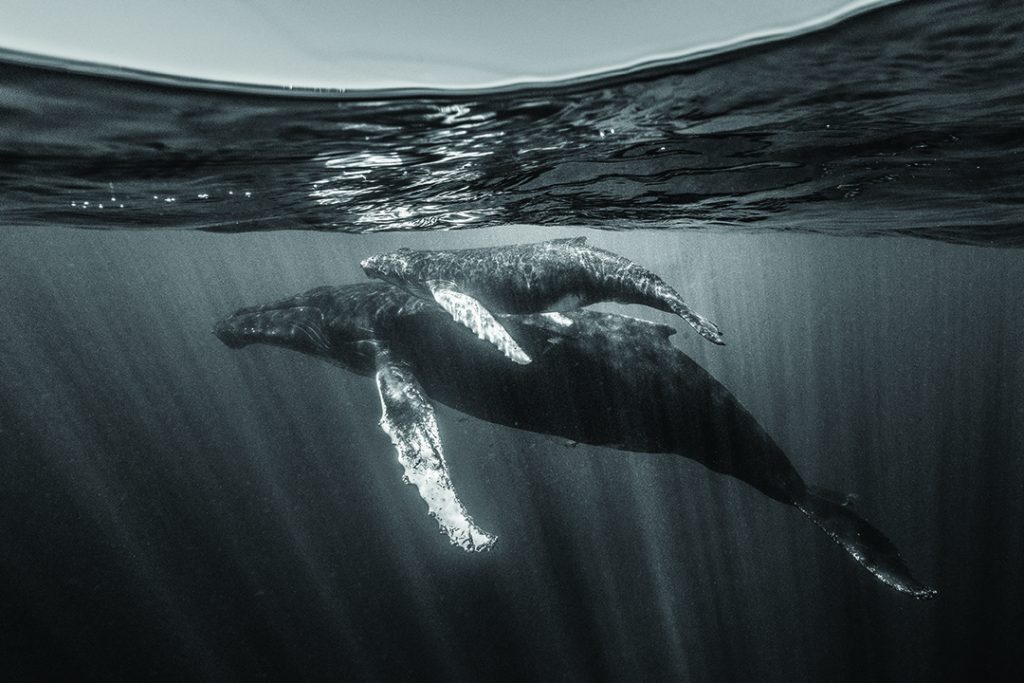
RL: How can we leverage social impact to accomplish some of these goals?
CM: There is a change in consciousness. More and more people are trying to do the right thing. People are thinking about their next vehicle being one that relies on renewable energy. People are putting in more solar panels. For the first time in the history of humanity, renewable energy from the sun is actually cheaper than fossil fuels. It’s becoming really affordable to make those choices. And there’s a youth component that is very inspiring. I see a lot of hope because I think people want change, and they’re demanding it from the corporations that have caused this mess.
RL: Why are you an avid impact investor?
CM: Because you have to be a role model, right? You have to put your money where your mouth is. I donate a lot of my own money to the environment, conservation, climate change, indigenous groups… but I also want to invest in change. I look up companies that are doing the right thing, that I think have innovative and amazing ideas, and I put my money on them. We all should be doing that. And I expect to get a return on my investment.
RL: What are some examples of businesses taking a leadership role for positive change?
CM: For the longest time, I’ve been really concerned about salmon. Wild salmon are going extinct because of salmon farms. Corporations have established farms in the ocean that are killing it with parasites, viruses, diseases.
There’s a company in Israel called Plantish that has come up with a plant-based salmon lab. They’re going to market in 2024 and it’s going to be revolutionary. People want to eat healthier, and they want to eat right by the planet.
A second company I’m investing in makes burgers from kelp. And I’m investing in all sorts of seaweed projects because seaweed is a magic plant that could really save our planet. I’m also investing in biodiversity credits. A company called New Atlantis is investigating how we can create more investments for the ocean by rewarding people who put money into growing biodiversity.
RL: Who are some of the leaders you look up to?
CM: You know, I move in this keynote speakers’ universe, and I see a lot of people speak for self-aggrandizing reasons. But I really admire the people who grab the mic and get on stage to make the planet a better place. There’s a handful of those speakers who do it really well — people like Dr. Sylvia Earle, Dr. Aulani Wilhelm, Dr. Ralph Chami.
Dr. Chami just gave an amazing TED talk about the role that whales play in the carbon cycle. A living whale is worth so much more than a dead whale. But right now, a whale has zero value in today’s economies. So how do we incorporate the services that whales give to humanity?
I’ll tell you how it works. Whales store a lot of carbon in their enormous bodies, but they also feed tremendous amounts of krill and plankton. Basically, their poop fertilizes plankton. Plankton are microscopic plants floating in the ocean that are sequestering carbon through the carbon cycle. If you kill a whale and sell it in Japan, for example, you can get about $40,000. But the whale’s ecosystem service of absorbing carbon from the atmosphere throughout its life — and even after its death, because a whale will sink to the bottom of the ocean and take all that carbon with it to a place where it’s no longer a threat — is about $2 million. If you are a shipping company and you kill a whale, you should be fined $2 million for killing that asset. But right now, whales are not considered assets. I think there’s a revolution coming, and people like Dr. Ralph Chami talking about this are way more interesting than people talking about how to make more money or how to become more successful.
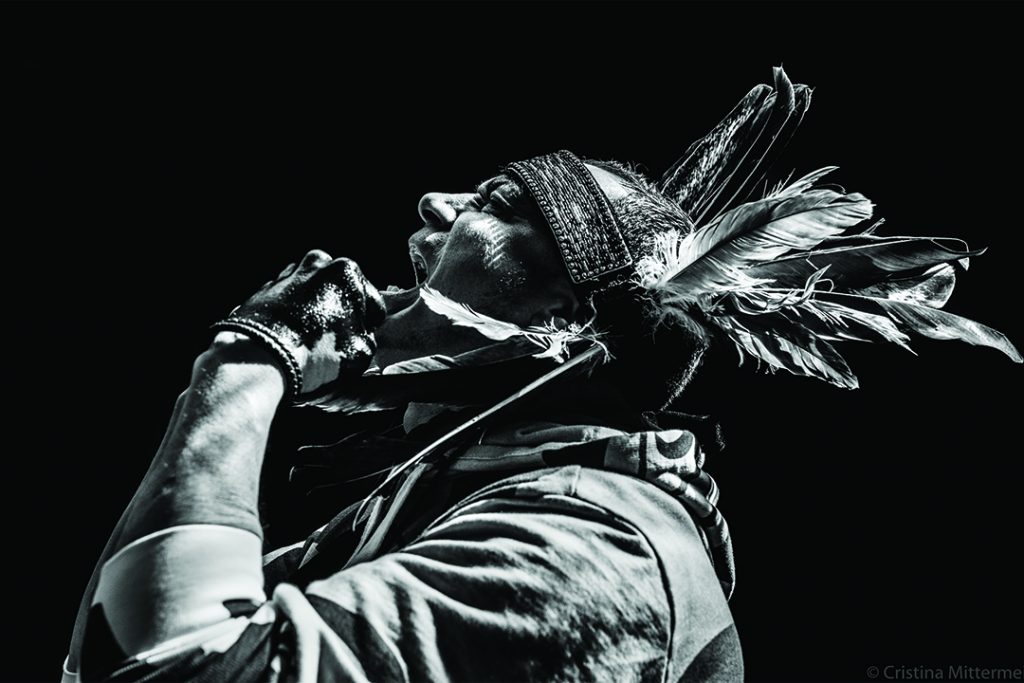
RL: When we talk about real leadership, what does that look like to you?
CM: A real leader is somebody who steps into a room and when that person leaves, all the people in the room are left feeling better, empowered, and motivated to do better. When I give a presentation and get a standing ovation, I want people to leave the theater just punching the air like Rocky, saying, “Of course we can save our planet!”
My presentations now are centering on the art of enoughness. It’s a presentation comprised of lessons learned from 30 years of photographing indigenous people. For 10,000 years, indigenous people lived in harmony with the land. During the last 500 to 600 years of colonization, the land has been devastated. So, we need to go back to the knowledge of indigenous people for how to restore health to the land and our own relationship with nature — before we lose all that knowledge because Elders are dying and we’re losing their languages as well.
RL: This interview has certainly been a call to action.
CM: This magazine reaches a lot of people who have tremendous influence over very large audiences. I’m not saying to my fellow keynote speakers to change what you talk about, but just incorporate a message for our planet.
When I talk to younger audiences, I talk about something that changed my life. It’s about ikigai, the purpose of your life, finding the thing that you’re good at, which is also the thing that you love, which is the thing that gets you paid, and something that the world needs. A lot of us are great speakers talking about the things we care about. But if you add in what’s good for the planet, then you have found real purpose in your life.
Carla Kalogeridis is editor of Real Leaders magazine.
Subscribe today and gain a strategic advantage from the emerging trends and best leadership practices found within Real Leaders magazine.
MEET MITTY
Hailed as one of the most influential conservation photographers of our time, Cristina Goettsch Mittermeier (“Mitty”) has dedicated her life to protecting the world’s oceans, inspiring millions of people to do the same.
In 2014, she cofounded SeaLegacy, a nonprofit organization using strategic communications at the intersection of art, science, and conservation to protect and rewild the ocean for the benefit of biodiversity, humanity, and climate within our lifetimes. Her work has published in National Geographic, TIME, McLean’s, The Men’s Journal, and O.
Mittermeier received the Smithsonian Conservation Photographer of the Year Award, the Humanity Content Creator Award from HIPA, and the Imaging Award for Photographers Who Give Back. In 2021, she received the Seattle Aquarium’s Sylvia Earle Medal and Travel + Leisure’s Global Vision Award. She is followed by thousands of conservationists, collectors, fans, and aspiring photographers and is the first female photographer to reach 1 million followers on Instagram.

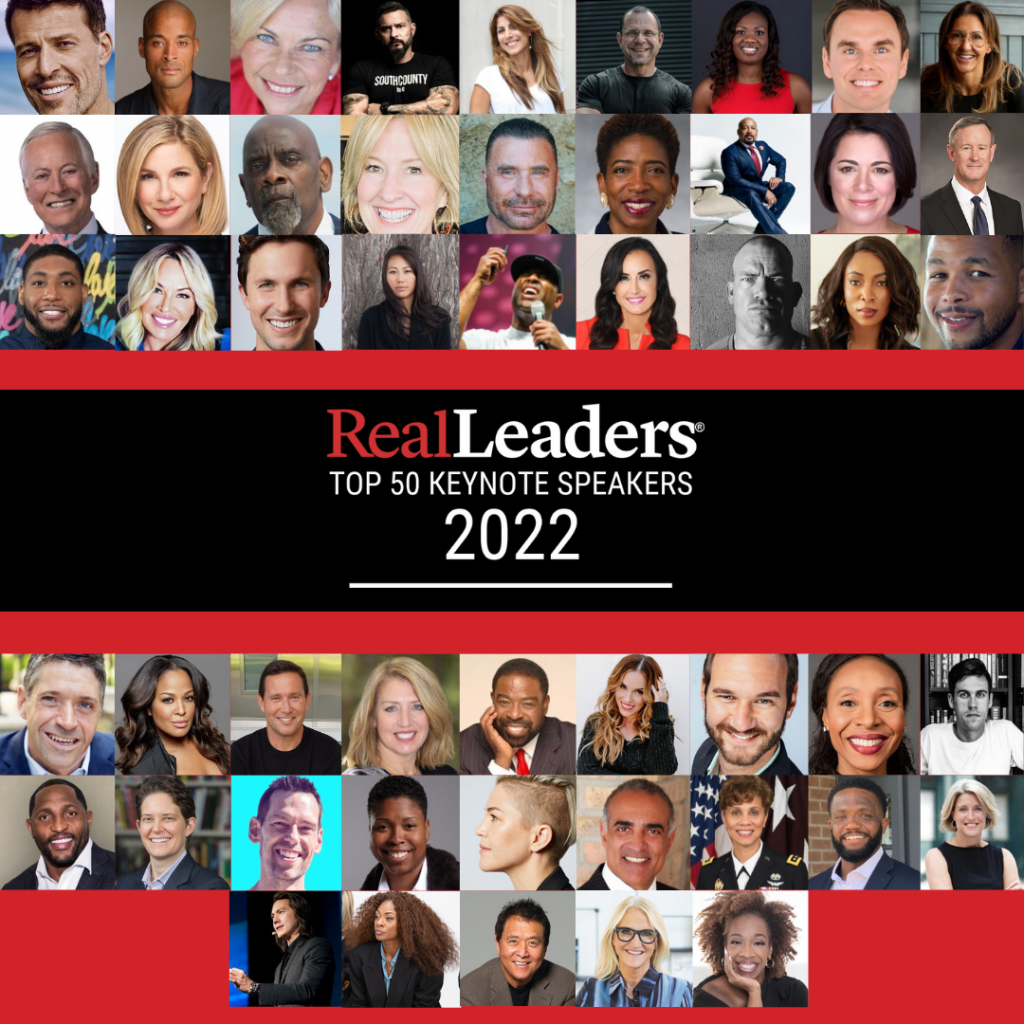

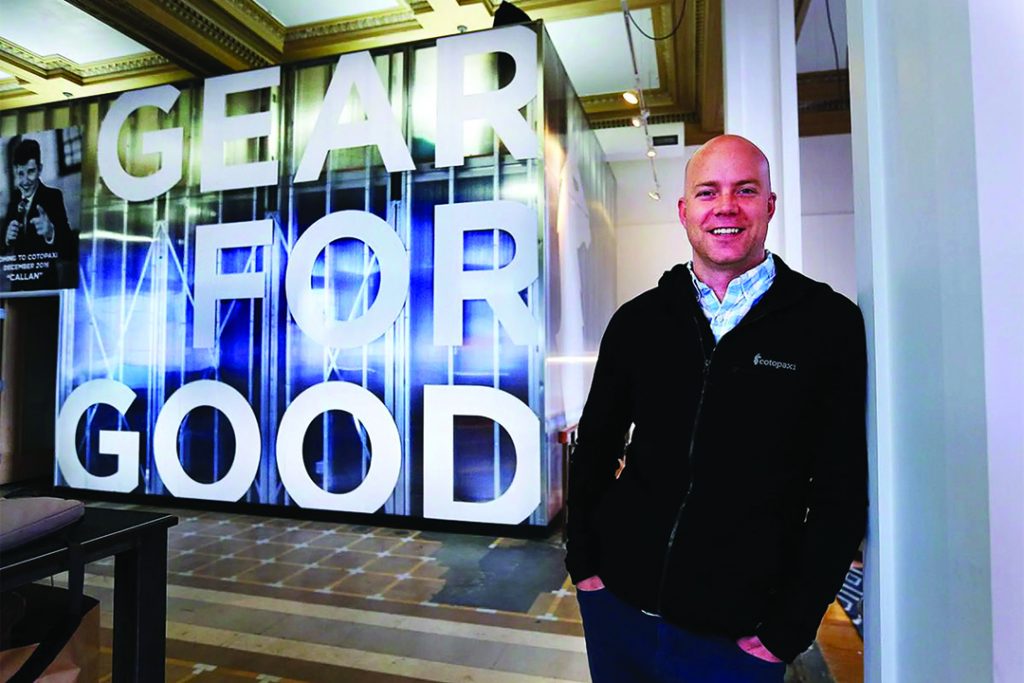
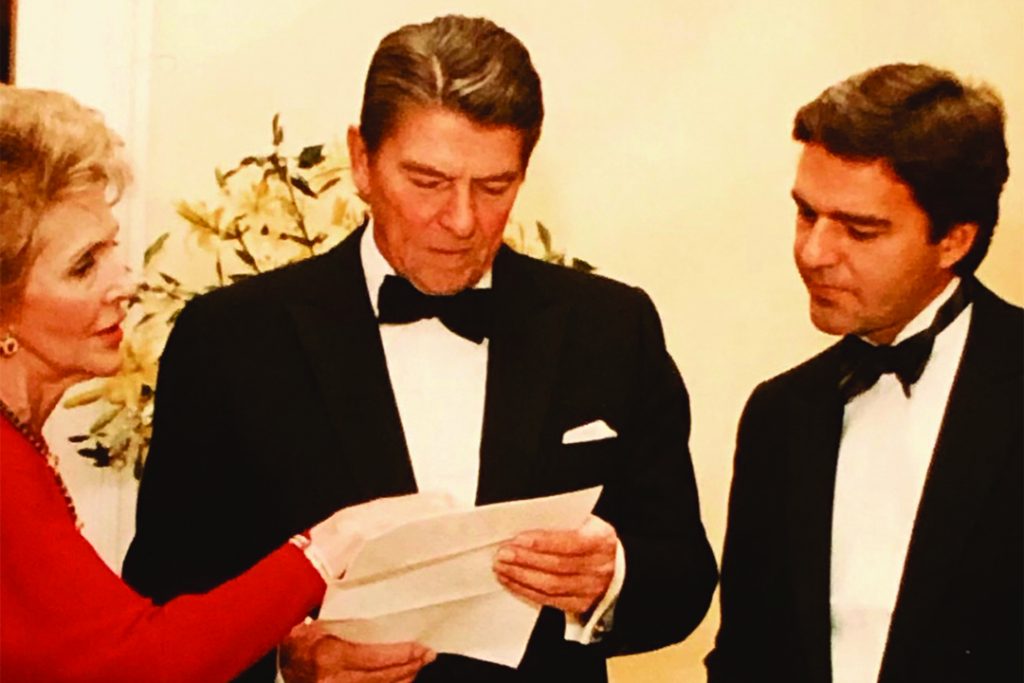
Responses